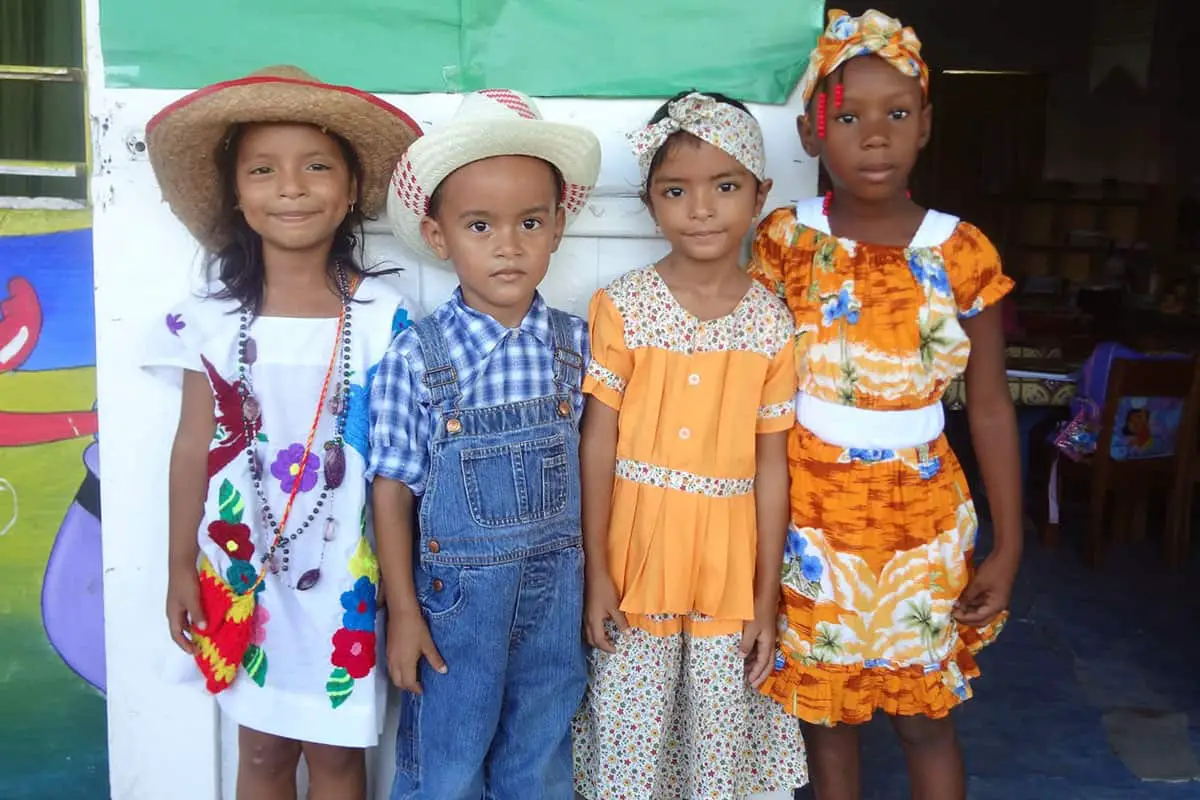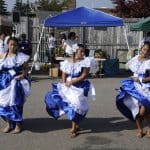Many people know Belize as a hub and melting pot of many different cultures and ethnic groups. But one thing that’s remarkable about the country is how these different groups have mixed together while retaining their unique identity and traditions. Do you know which ethnic groups call Belize home today?
Belize people are composed of several different ethnic groups, the largest of which are the Creoles and Black Africans, Mestizos, and Mayans. Many Belizeans today descended from people who were brought to Belize as a result of the slave trade in the 18th century.
If you want to understand the people of Belize better, keep reading this article. I’ll look at all the different races and ethnic groups you’ll find in the country, including their history and background, culture, and more.
How Has Belizean Music Contributed to the Cultural Melting Pot in Belize?
Belizean music has played a significant role in shaping the cultural melting pot of Belize. By exploring vibrant Belizean music, one can experience a unique blend of Garifuna, Mestizo, Creole, and Maya influences. The rhythmic beats and soulful melodies reflect the diverse heritage and rich traditions of the Belizean people.
People and Culture in Belize
Coming to Belize, you’ll notice that there are all sorts of different ethnic origins in its population, which means that while English is the official language in Belize, you’ll still hear languages from all over the world, as well as experience cuisines from as far as Asia.
And perhaps owing to its colorful demographic, Belizeans are very warm and accepting people.
Tourists are welcome here to experience the ultimate meaning of island paradise while being able to have glimpses of their own culture. Talk about not being out of place in a foreign country!
In the following sections, I’ll briefly go over the various people and ethnic groups that make up the country of Belize:
Maya
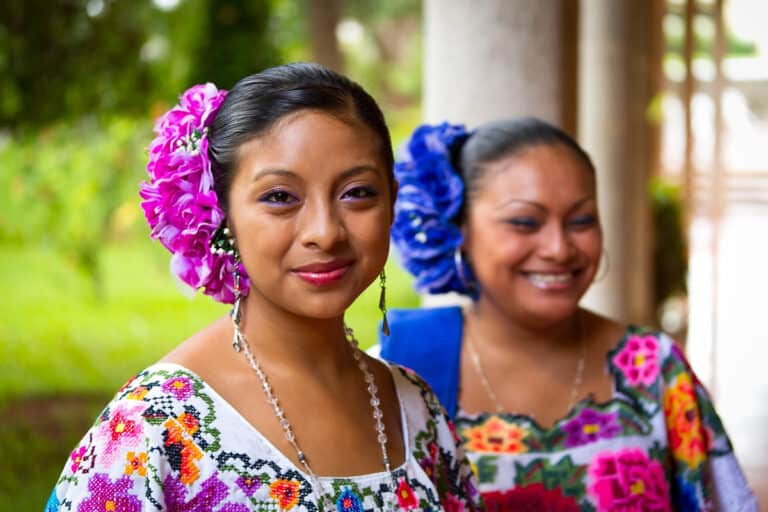
The Mayans were the first to settle in Belize, so it makes sense to start off with them. Next to the Creoles and the Mestizos, they make up the largest population in Belize, and many of them still reside in indigenous settlements, although a few Mayans can be seen throughout the country.
History and Background
It’s believed that the Mayans came to Belize around 1500 B.C. However, it wasn’t until around 250 to 400 A.D. (the so-called Classic Period) that their civilization and culture really started to flourish.
When the first group of Mayans arrived in Belize, they settled in the area called Cuello in the northern part of Belize as farmers. Their life depended on agriculture, which is why many of their earliest settlements were close to bodies of water.
We know the Mayan civilization today as one of the most advanced among ancient civilizations, and evidence of their greatness as a people can be seen in the many ancient ruins that they left behind in Belize.
These ruins used to be sacred places of worship where the Mayans appeased their gods, assembly places, and houses.
Some experts believe that Belize was once the center of the great Mayan civilization. Unfortunately, the Mayan population started to decrease and their once-great civilization declined and eventually fell apart when the Spanish conquistadors and British conquerors started to come to the country.
Since the decline of their civilization, the Mayans have become a minority group in Belize, and their population has become integrated into the larger Belizean society. Also, while there are still Mayans in Belize, very few remain who are descended from the first group of Mayans who settled there.
Culture
Today, three Mayan groups reside in Belize: Yucatec Maya, Mopan Maya, and Kekchi Maya. They speak the Yucatec, Mopan Maya, and Kekchi languages, although some of them who have been assimilated into the Mestizo groups also speak Spanish.
Many Mayans in Belize today also speak English, the language being the official language of the country. They reside in the Orange Walk, Toledo, Cayo, and Corozal Districts in Belize, and their staple food is corn, which they typically turn into masa (ground corn). This is used to make a variety of dishes–from tamales to tortillas.
Mayan culture is also deeply rooted in the spiritual and supernatural, and this is evident in the way that there are still sorcerers, healers, and herbalists in their communities today.
Creole
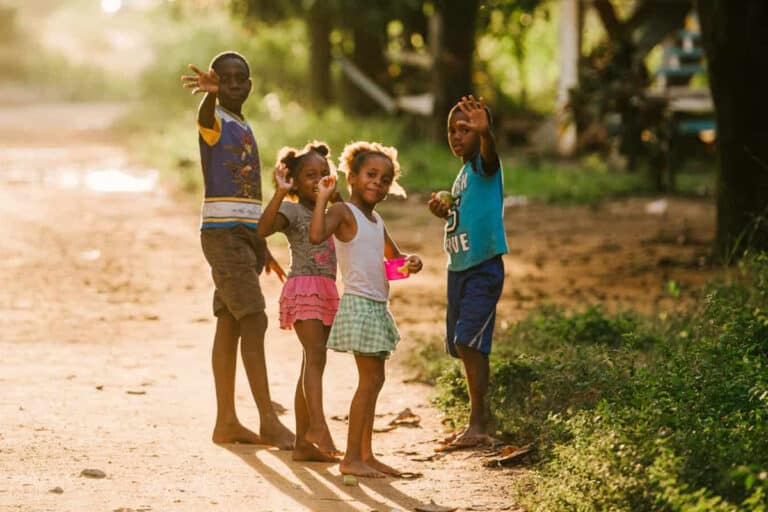
The Creoles are among the top three largest ethnic groups in Belize. The term came about when the first groups of enslaved Africans who were brought to Belize during the colonial period mixed with the British.
Their offspring were later on referred to as Creoles. Although today, the term “Belizean Creole” refers to both to people descended completely or in part from African slaves.
History and Background
The first African slaves were brought to Belize in the 1600s, when British colonizers bought and traded slaves to work at sugar plantations and lumber farms. For generations, the British brought Africans from the Bight of Benin, Congo, and Angola (among others) against their will to work under harsh conditions.
Many years later, in 1833, the Slavery Abolition Act freed hundreds of thousands of African slaves owned by the British. By then, a Creole community had already been established in Belize, when British slave owners had relations with the enslaved Africans.
Culture
The Creole culture is one of the most distinct and recognizable in Belize. If you come to Belize, you’ll notice that many of the very “Belize” things about the country are the rice-and-beans dishes that can be found in almost every restaurant, resort, or catering service. In fact, it’s a signature of Creole cuisine, and is very much part of the everyday life of the Creole people.
Also, the Creoles speak a language, called Kriol or Kriol English, which many erroneously call broken English. It’s actually a very different language from English, although it does borrow many English words. Its grammar, pronunciation, and usage differs greatly from standard English.
Experts call Kriol a bridge language instead, which started when African slaves needed to find a way to communicate with the British slave owners. Despite English being the official language in the country, Kriol is more widely spoken by the Belizean population.
Garifuna
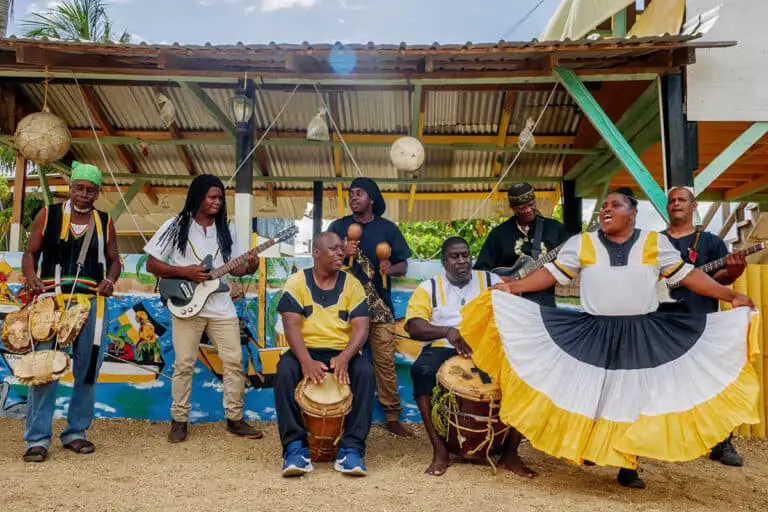
Garifuna is actually the term to refer to the language and culture of the Garinagu people. They are most often mistaken as Creole or African, although the description would not totally be wrong. The Garinagu people are descended from the Carib Indians and Africans of the Caribbean, most of whom were also enslaved at the time.
History and Background
The Garinagu people settling in Belize, unlike the African slaves who were brought to the country intentionally by the British slave owners, was a result of a big accident. Back in the late 1600s, they were called the Black Caribs. Like the origins of the Creoles, the Black Caribs were also enslaved–but they had a different intended destination.
They were onboard two Spanish ships that were en route to Honduras. Unfortunately, they were shipwrecked in St. Vincent in the West Indies, forcing both the slave traders and the slaves to settle in the area.
Eventually, these groups (together with the West Indians) intermarried and later fled to neighboring regions (including Belize) to escape worsening civil conflict.
Culture
Garifuna is one of the most vibrant and colorful cultures you can ever encounter. They’re known for their passionate singing, dancing, and lively music, which typically involves percussion instruments.
If you’re lucky and you come to Belize when a festival is on, you’ll be able to witness days of singing and dancing–basically huge Garifuna style parties.
They’re also known for their cuisine, which typically involves indigenous African recipes and Central American recipes that are big on root crops, fish, and rice.
Mestizo
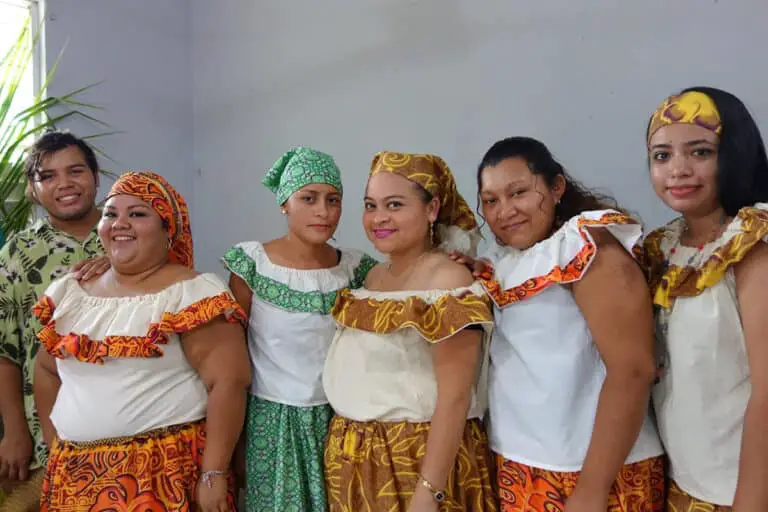
The Mestizos are the second largest ethnic group in Belize, next to the Creoles. According to legend, the Mestizos came about because of the romance between a shipwrecked Spaniard by the name of Gonzalo Guerrero, who was said to have found his way to Belize during the Mayan settlement and fell in love with the daughter of the Mayan leader in Corozal.
However, though many people like to tell this story, there’s no record of the union between the two. So how did the Mestizos actually come about in Belize?
History and Background
Unlike the romantic stories about the Spanish sailor Gonzalo, the Mestizo community was actually started in Mexico, where a large Mayan settlement mixed with the Spanish locals. In the 19th century, many of these people who lived in Mexico escaped from the country during the Caste War.
The Caste War came about when a group of Yucatec Mayans revolted against the Spanish, resulting in civil war. The escapees fled to neighboring countries, and some eventually arrived in Belize and established a community there.
Culture
Today, Spanish is one of the most widely used languages in Belize, among Kriol and English. But perhaps the biggest influence of the Mestizos to Belize culture is the Catholic religion.
The Mestizos who escaped the race-based civil war in Mexico were indoctrinated in Roman Catholicism, which they continued to practice in Belize.
Many of the festivals and holidays among the Mestizo communities are in connection with patron saints and religious observances.
Because of the deep connection between the Mayan and Spanish cultures, food among the Mestizo communities is also a mix between traditional Spanish, Mexican, and Mayan cuisines.
East Indian, Syrian, and Lebanese
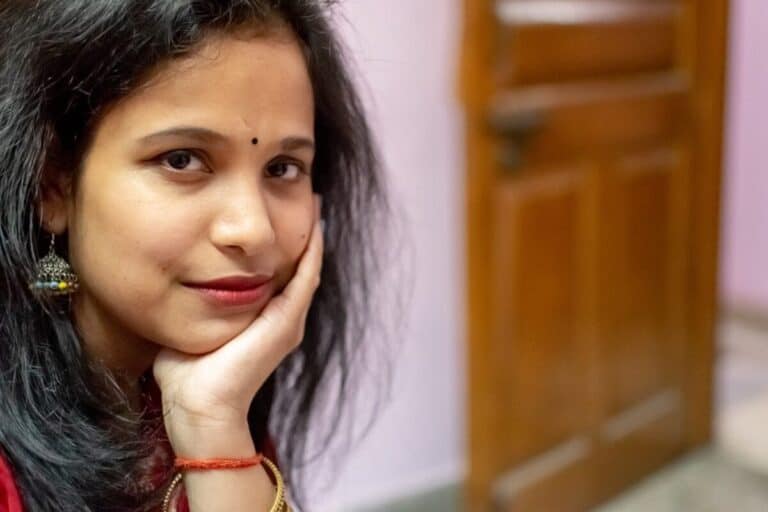
There are also smaller ethnic groups in Belize, including those of the East Indians, Syrians, and Lebanese, which form one group together. They have various settlements all over the country, but most of them can be found in the Toledo District and Belize City. The Indo-Belizeans (East Indians) make up 2.3%, while the Syrians and Lebanese make up 0.2% of the Belizean population.
History and Background
The Indo-Belizeans, Syrians, and Lebanese came to Belize to address the labor gap that was created by the emancipation of the African slaves in 1833. The British colonizers brought, instead, indentured slaves from India, Lebanon, and Syria to work in sugar plantations and farms for a fixed number of years.
These workers were then freed once their contract was up, and they were allowed to return to their countries or continue living in Belize as free men.
Culture
This minority group contributed their business expertise to the Belizean economy. Today, they’re known to be entrepreneurs and merchants. Their distinct way of using spices and flavoring to enhance food is another thing that they’re popular for.
So if you find yourself in Belize, worry not, because you can still have a taste of authentic Baklava!
Chinese, Taiwanese, and Korean

The smallest minority group in Belize is that of the Chinese, Taiwanese, and Koreans. But don’t let that small number mislead you: these people definitely have made a mark in the country, and their distinctly Asian culture (and number) is ever-growing.
History and Background
Like the Lebanese, Syrians, and East Indians, the Chinese, Taiwanese, and Korean people also came to Belize as indentured slaves or contractual workers who tended to the sugar plantations of the land owners in the country. The first group of Asian workers came to Belize in 1865.
They typically worked for about five years, and then they were freed from their contract to pursue their own life in a foreign country. Many of them saw this as a way to have better opportunities, seeing that Belize at the time had a much better economic situation than the countries where they lived.
Culture
These communities can mostly be found in the Cayo District and in Belize City. And though they have melded into Belize society and culture quite seamlessly, they maintain true to their Chinese heritage.
This is evident in their Chinese festivals, like the Lunar New Year, and other traditions that they continue to hold to this day.
Want a bowl of wanton noodles or dimsum? There are numerous Chinese restaurants in Belize where you can enjoy Chinese cuisine!
Mennonite
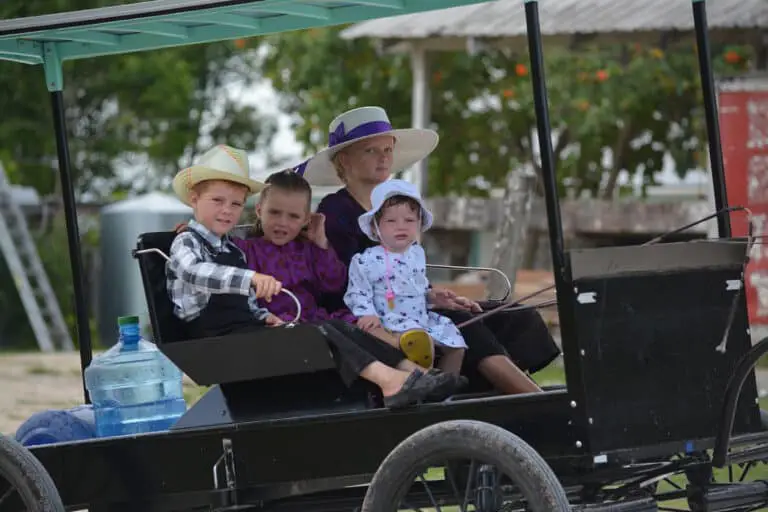
The Mennonites, or Old Germans, who live in Belize came to the country fairly recently. Their move was met quite favorably, as the Belizean government gave them religious freedom, and even exemption from paying certain taxes.
History and Background
In the 1950s, the Mennonite people transferred from their settlement in Mexico. It’s believed that they left Mexico in order to pursue their religion without interference from the government or persecution from people of different beliefs.
Like other deeply traditional and conservative religious sects, the Mennonites hold to very strict rules of living–their ways of dress, work, and even interaction with the outside world is very limited.
But over the years, some Mennonite groups have become more accepting of different modern ways of living.
Culture
The Mennonites are known to be exceptional engineers, carpenters, and farmers. In Belize, they contribute to society by transforming previously arid landscapes into productive farms that supply Belize with dairy products and farm produce, like corn and beans.
Similar to the Chinese, Mennonites have contributed greatly to economy of Belize. Through their hard work and cooperation within their own people; Mennonites have build large businesses such as:
- Slaughter/Packing facilities for chicken, cattle, and pigs.
- Dairy facilities for milk, ice cream, and cheese.
- Importation facilities for truck and automotive parts.
- And other important business for economic growth.
This doesn’t even cover their involvement in farming rice, beans, cattle, pigs, chickens, eggs, and much more.
Central Americans

As you may have read, Belize is a fairly young country in that it recently gained Independence in 1981. During this same time (1960s to 1990s), there was varying degrees of civil unrest and conflict in neighboring Central American countries. As a result refuges from Nicaragua, El Salvador, Honduras and Guatemala entered Belize.
Today, illegal immigrants from neighboring countries of Belize continues as they search for a better way of life.
History and Background
In the late 1970s, the first wave of Salvadorians, left Salvador to Belize to escape local conflicts. These people came from war ravaged areas like Santa Ana, Sonsonete, Ahuachapan, Chalatenango, Cabañas, Cuscatlan and La Libertad in northern El Salvador. During this time, the Salvadorean government burned crops or forests, killed livestock and villagers. Many of these immigrants settled in Benque Viejo Town, Cayo.
Numerous Guatemalans have also immigrated to Belize starting in the 1960s. During this time, Guatemala endured a 30 year civil war where the Guatemalan military savagely attacked people who lived in the countryside. They especially targeted indigenous Indians and Mayans.
To better help the influx of refugees, in 1981, the government of Belize and the United Nations High Commissioner for Refugees (UNHCR) began a refugee resettlement project on 15,000 acres of uncleared land in the upper Belize River Valley. This area was named Valley of Peace. Land was given to the refugees to encourage food production. This resulted in a number of small farms dedicated to vegetable production.
In addition to vegetable production in Valley of Peace, Central Americans were also incorporated as semi-peranent workers in the banana industry which was revived in the CowPen and Trio Branch areas in the 1970s. These new immigrants also replaced Creoles as the unskilled labour in the various aspects of the citrus industry starting around the time of independence.
Culture
The majority of Central Americans that have entered Belize have proven to be hard working individuals.
Many sell fruits, vegetables, cheese, and other items produced from farming.
One of the most notable foods from Central Americans is the Salvadorian Pupusa. A Pupusa is made from corn (masa) which is smoothed out like dough and then stuffed with cheese, beans, and a meat (normally chicken or pork). A pupusa will then be flatten out and placed on a grill until fully cooked. Pupusas are traditionally served with cabbage and a tomato sauce. If you visit Belize, this is a must try food.

